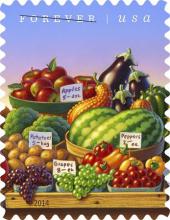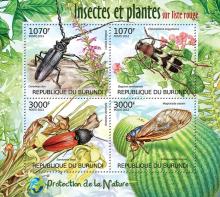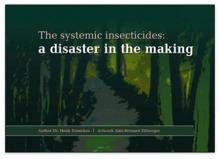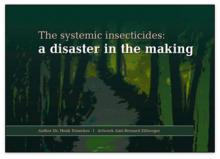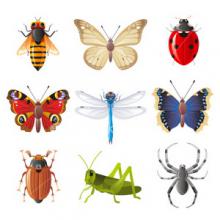Bayer scientists asserted in 1999 that blocking of the nACh receptors by imidacloprid is irreversible but retracted the assertion in 2010
Imidacloprid was shown to act as both a larvicide and an adulticide in studies on cat fleas. Due to its probable main uptake by the flea through the nonsclerotized intersegmental membranes it rapidly reaches the site of action: the postsynaptic membrane. There, the irreversible blocking of the nACh receptors leads to a lethal hyperactivity of the nerves and muscles of the insect. Both stages are sensitive to the drug, and after contact they react in a similar fashion: they stop their jumping or (respectively) crawling movements and display the onset of rhythmic trembling of the legs and the body. This nonreversible phenomenon finally leads to the death of both flea stages. These easily visible effects correspond to the finding that imidacloprid blocks the postsynaptical nicotinic acetylcholine receptors (Abbink 1991). The latter are normally stimulated by acetylcholine that is excreted into the synaptic gap. These receptors initiate the opening of channels in the membrane to let Na+ flow into the cell. This leads to a depolarization of the terminal plate and induces the activation of an action potential. The latter causes the release of Ca2+ from vesicles and thus results in contraction of the myosin/actin complex of the sarcomeres. In normal cases the acetylcholine has a brief connection to the receptor, is subsequently released, and is rapidly hydrolyzed by a membrane-bound cholinesterase. In the case of imidacloprid the binding of the compound and the receptors is stronger; hence, a constant depolarization of the membrane occurs, inducing a tetanus of the activated muscle cell. This mode of action corresponds to the structural findings described herein, since the observed degeneration mainly involved an overall destruction of the mitochondria, damage to the nerve cells, and disintegration of the muscle, Imidacloprid initiates a constant depolarization of the nerves, which is followed by a constant activation of the muscles until the cellular energy systems (mitochondria, glycogen) are depleted and the motile proteins are destroyed.





